Colorful graphics draw attention, yet every online bonus new member 100 slot rests on numbers. Players who understand how return to player percentage, house margin, volatility, hit frequency, and progressive jackpot contributions interact gain a clearer view of risk. That clarity does not predict any single spin; no system can. It does help you choose games that fit your bankroll and expectations. This article breaks down the core math, shows sample calculations, and looks at how published data from regulated markets can guide informed entertainment choices.
Why Numbers Matter Even for Casual Play
Many people treat slot sessions as light fun, and that is fine. Still, anyone who pays to play benefits from knowing what the numbers mean. Suppose you deposit 60 euro and split it over two nights. A misunderstanding of volatility or bet sizing can burn through that balance in minutes, while informed choices can stretch play time and reduce regret. Numbers also reveal that two games with similar themes may return money at very different rates over the long run.
Return to Player Percentage and House Margin
Return to player percentage is the theoretical share of total wagered money that a game pays back to players over a very large sample. The house margin equals 100 percent minus that number. Example: A game with a 96 percent return to player percentage carries a 4 percent house margin. If players collectively wager 10,000 euro over time, the long-run model expects about 9,600 euro in wins paid, leaving 400 euro as gross game hold. Individual sessions will vary widely because results arrive in discrete wins and losses, not smooth fractions. Yet over tens of thousands of spins the math converges toward the published figure if the game is fair and operates as certified.
Volatility, Hit Frequency, and Bankroll Swing
Volatility describes how unevenly the return is distributed. In a lower-volatility game, returns arrive in many small wins that keep the balance cycling; big payouts are rare. In a higher-volatility game, small wins occur less often while a large share of the return sits in bonus rounds or big symbol combinations. Hit frequency measures how often any win occurs, regardless of size. Why does this matter? Because your bankroll must survive the lean stretches that precede the larger hits in high-volatility titles. If you start with 100 euro and play a high-volatility game at 2 euro per spin, a run of 60 losing spins could consume your stake before the bonus triggers. The same bankroll at 0.20 euro per spin buys many more chances to reach the feature round that holds most of the game’s return.
Sample Bankroll Scenario
Assume Game A: 96 percent return to player percentage, low volatility, average hit every 4 spins paying 0.75 times stake. Game B: 96 percent return to player percentage, high volatility, average hit every 8 spins paying 1.50 times stake, but 60 percent of the total return sits in free spins that trigger on average once in 250 spins. With a 50 euro budget at 0.50 euro per spin, Game A might produce many small top-ups that keep you playing near the starting balance. Game B could drop quickly if the free spins do not arrive, yet a triggered feature could lift you far above starting funds. Neither game is “better”; the fit depends on taste and tolerance for swings.
Progressive Jackpots and Contribution Rates
Progressive slots allocate a slice of every bet to a growing prize pool. A portion seeds the next jackpot after one is won; another portion builds the current meter. Suppose a progressive takes 5 percent of each qualifying stake. That slice reduces the base game return because those funds feed the jackpot. When the jackpot grows large relative to the long-run average, the combined expected value of base game plus jackpot share climbs. Some advantage players track this relationship to decide when a progressive reaches break-even or better relative to the stated return. Casual players need not run full spreadsheets, but knowing that very large displayed jackpots shift value upward helps explain why progressive games often list lower base returns than non-progressives.
Reading Paytables and Info Screens
Before you spin, open the information panel. Confirm the return to player percentage. Scan the paytable to see top symbol awards at your stake. Check whether wins pay left-to-right only, both ways, or by ways systems that count adjacent reels regardless of exact position. Look for notes on bonus triggers: number of scatter symbols, collection meters, or random events. Some panels show volatility icons or star ratings. Even one minute spent reading can align your expectations with the game’s structure. Ask yourself: Can my budget cover the number of spins likely needed to reach the main feature?
Regulatory Reporting and Audits
Licensed markets require game testing and periodic audits. Some regulators publish average realized returns across all online slots offered in their jurisdiction. While those aggregated figures mix many titles and stakes, they confirm that results cluster near the theoretical returns approved at certification. Variations occur due to player choice and progressive swings, but large deviations prompt review. Checking whether your chosen operator holds a recognized license and whether its games show published data adds a layer of trust before you deposit.
Putting the Numbers to Work
You do not need a statistics degree to apply this knowledge. Pick a bankroll you can afford, select a stake that buys the number of spins you want, read the game info, and remember that high-volatility titles demand patience. Treat any large win as a chance to withdraw at least part of the gain. Numbers cannot guarantee profit, but they can guide better decisions that keep online slot gambling an enjoyable form of entertainment.



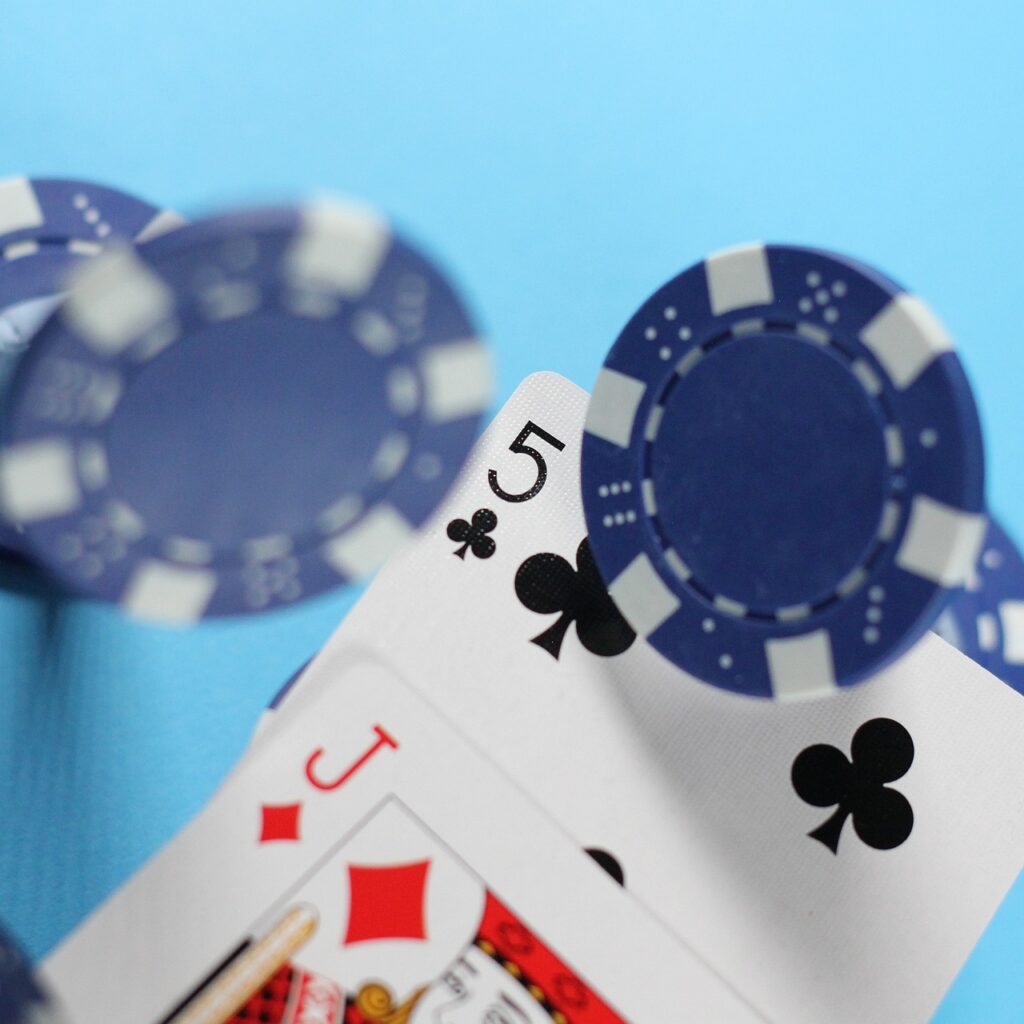
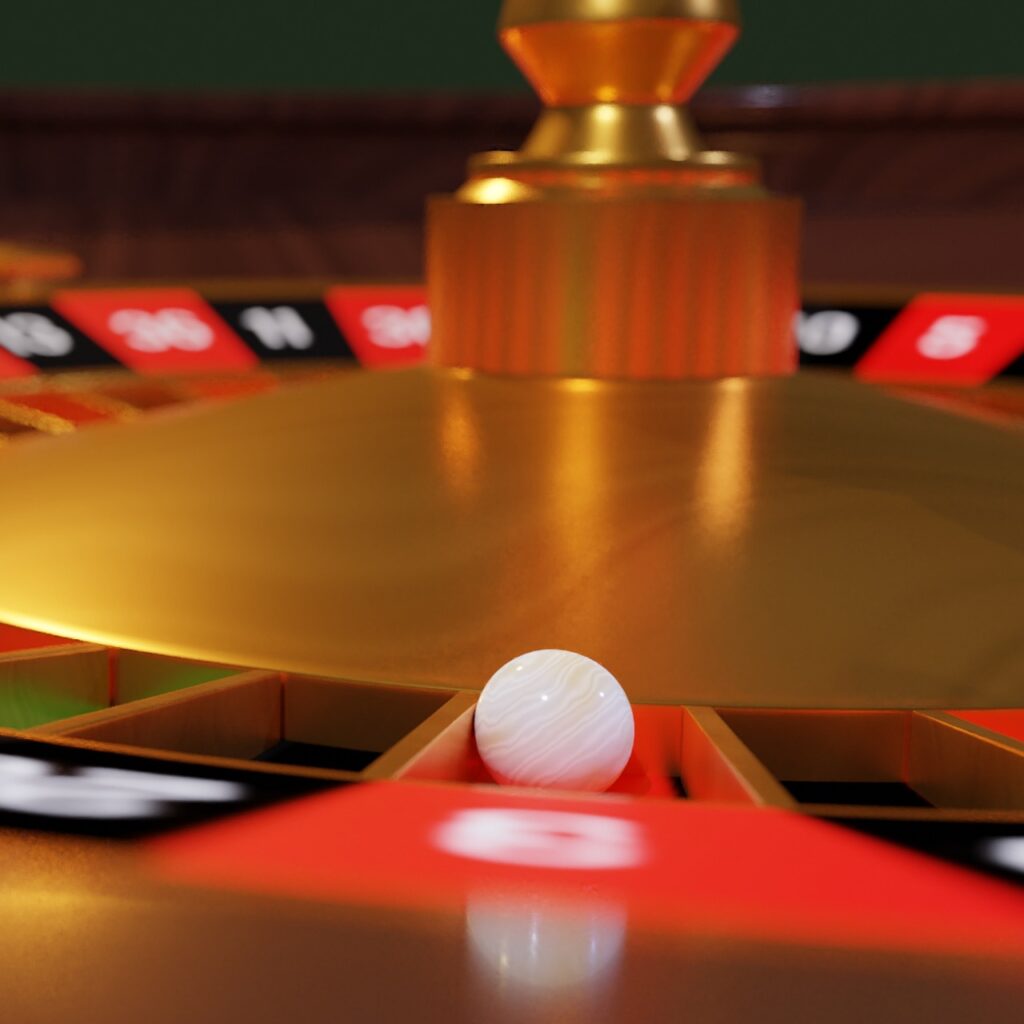
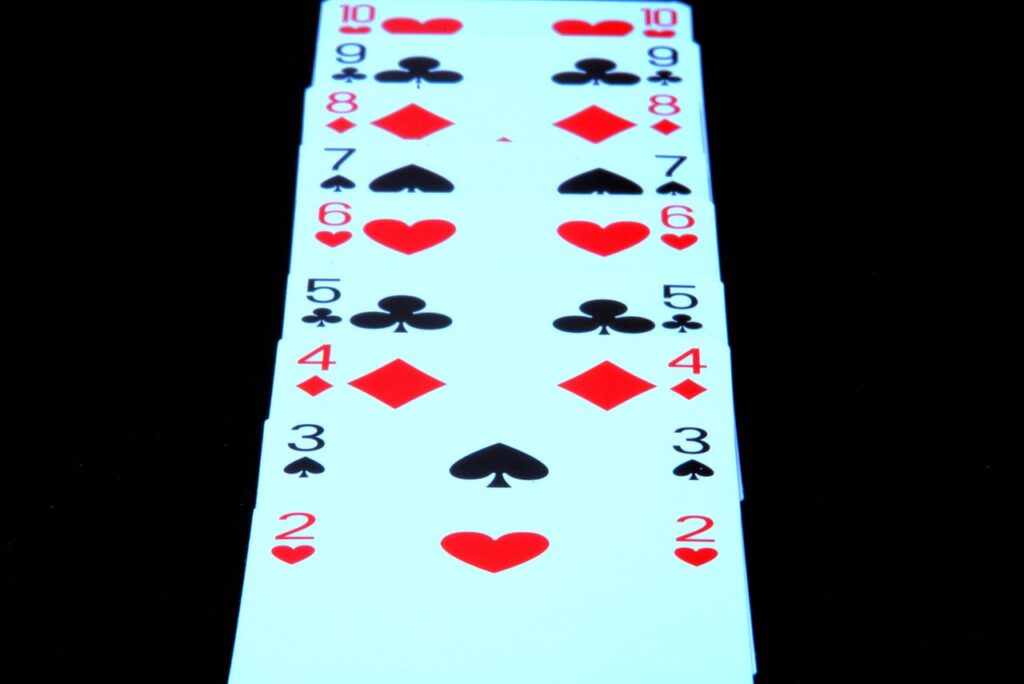

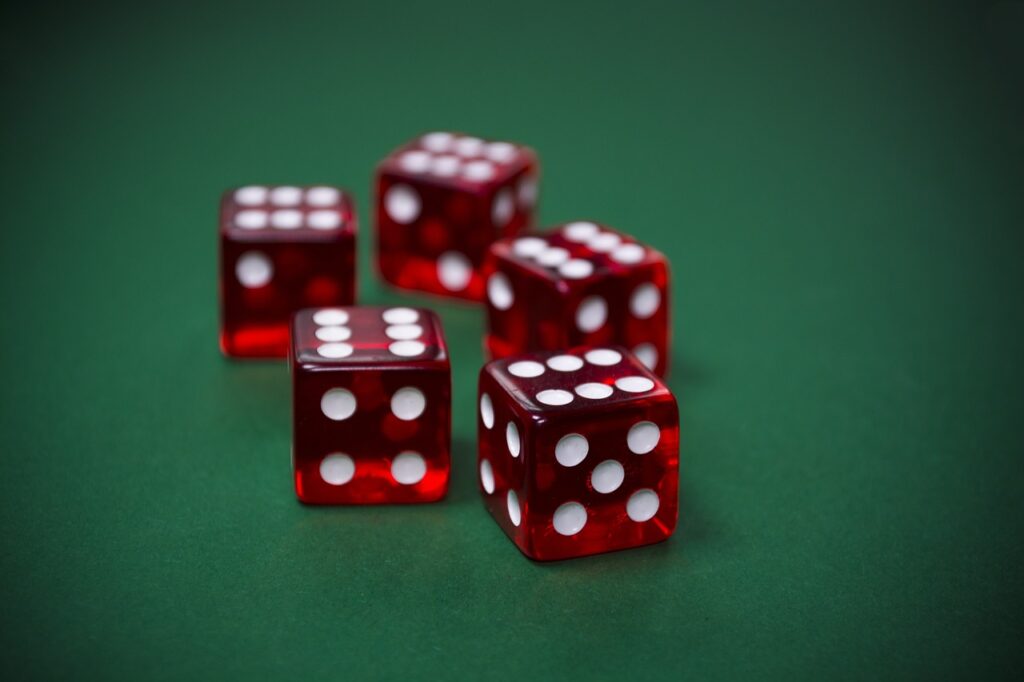
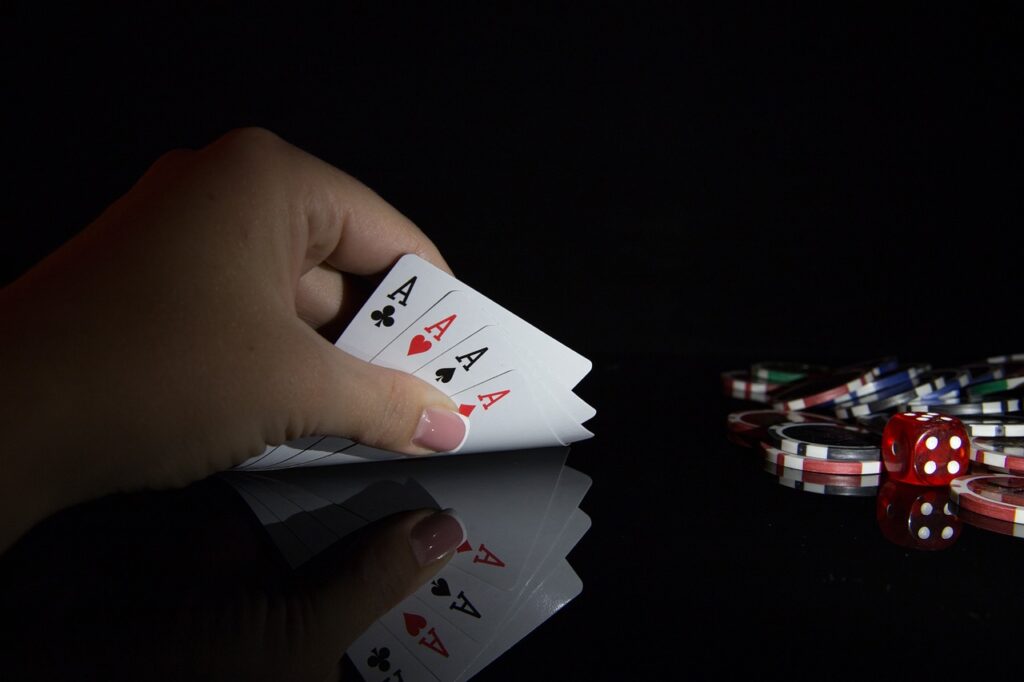
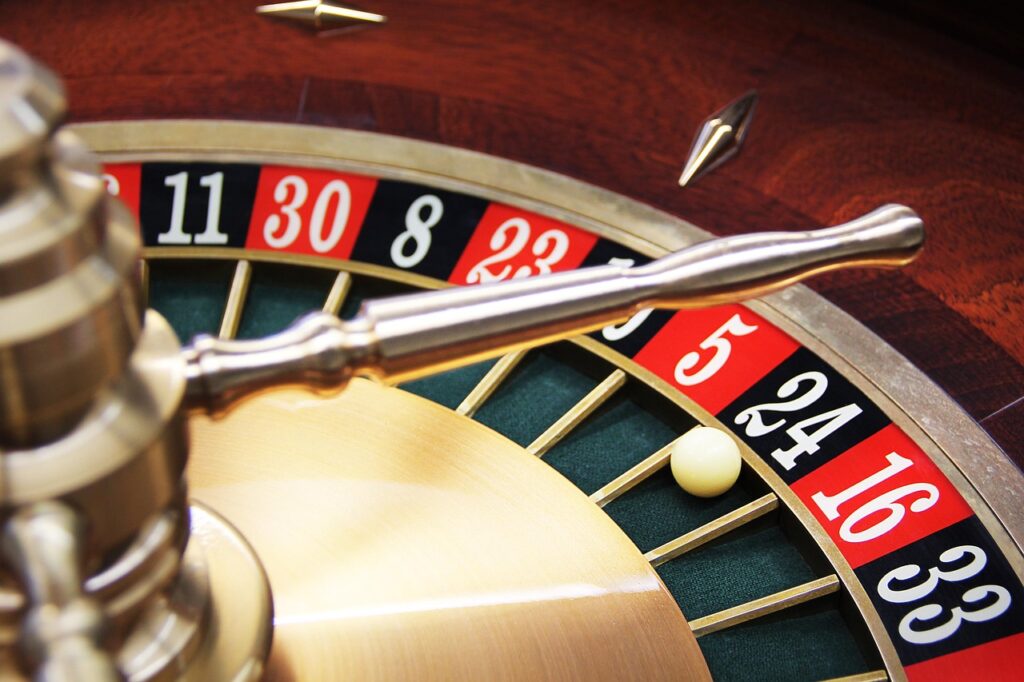
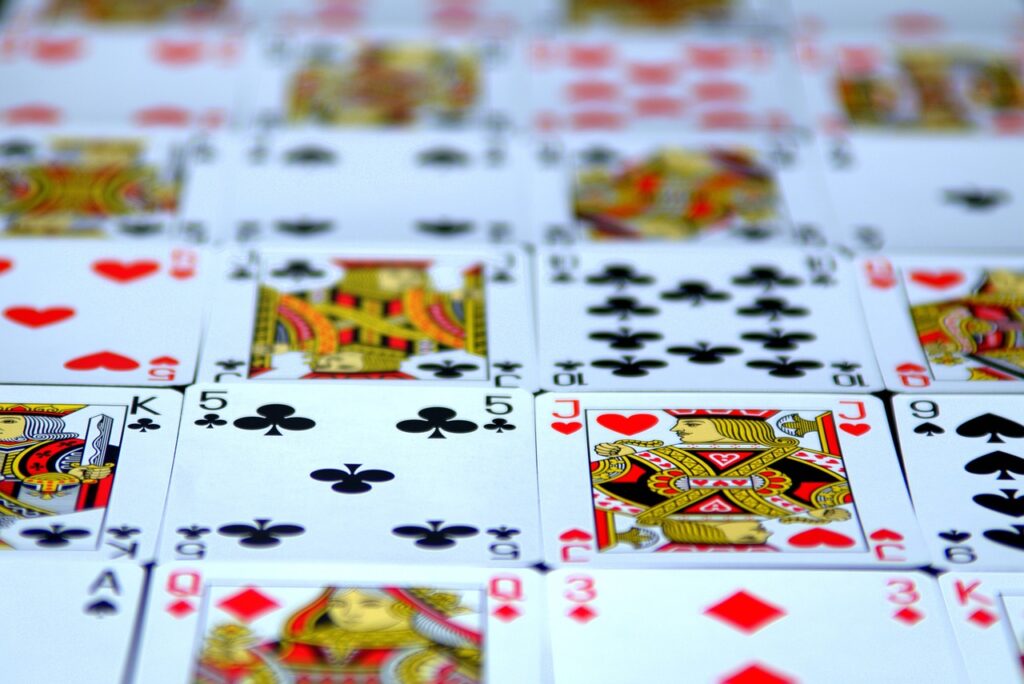

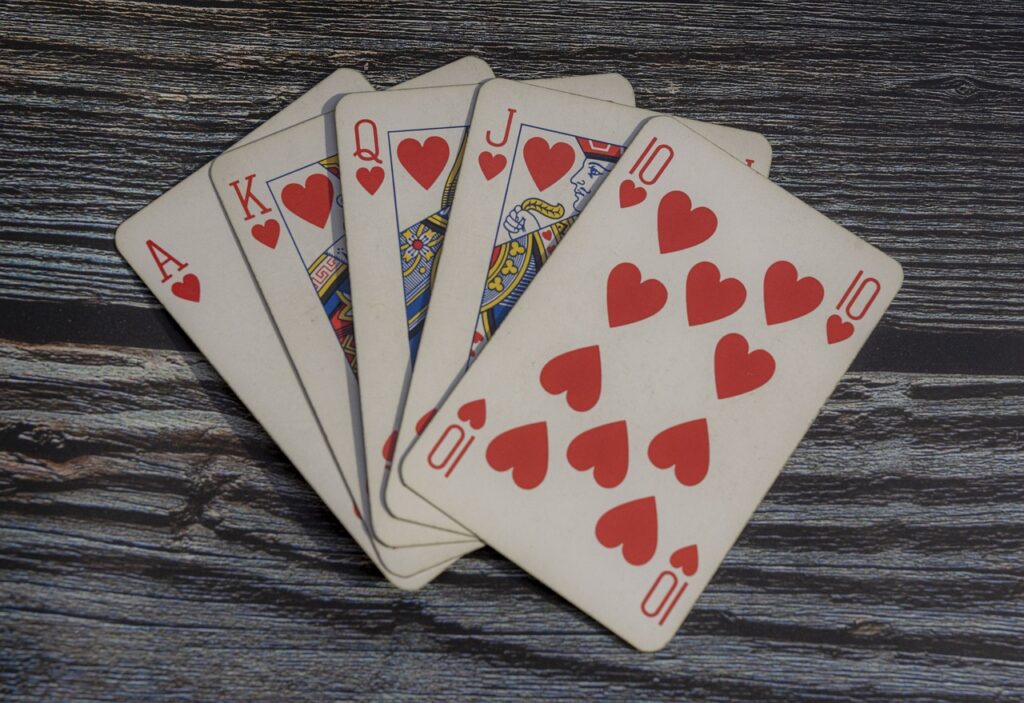
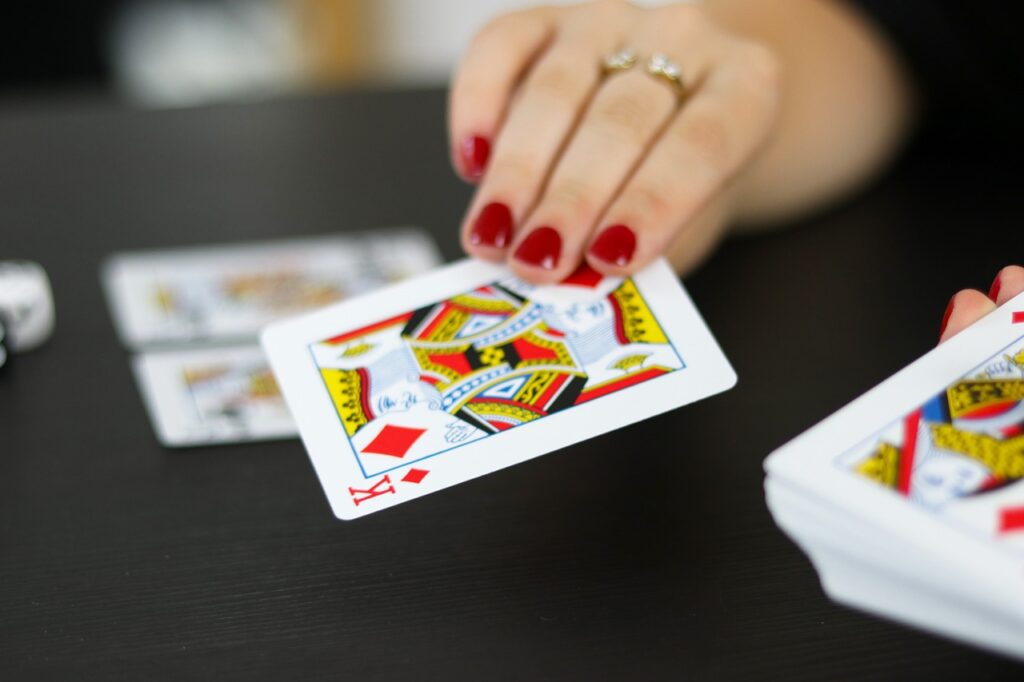

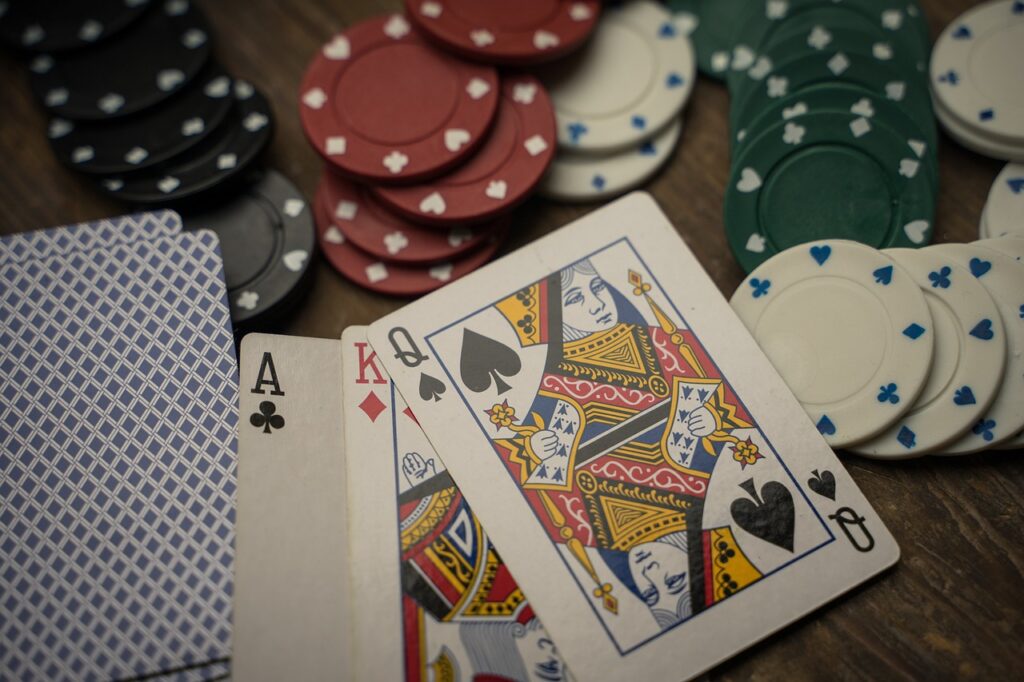
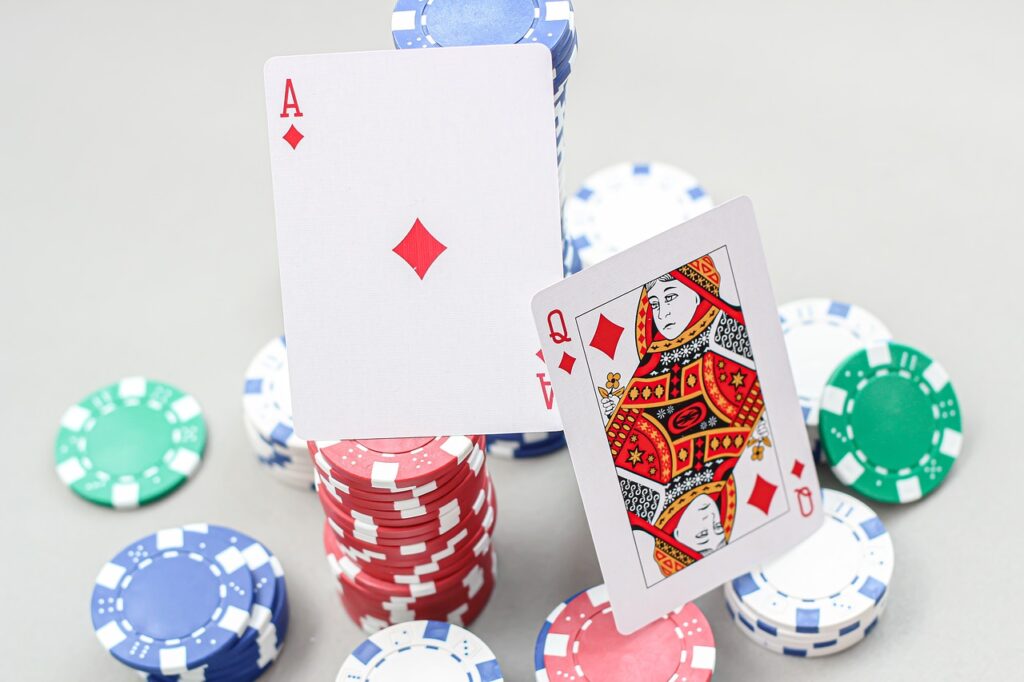
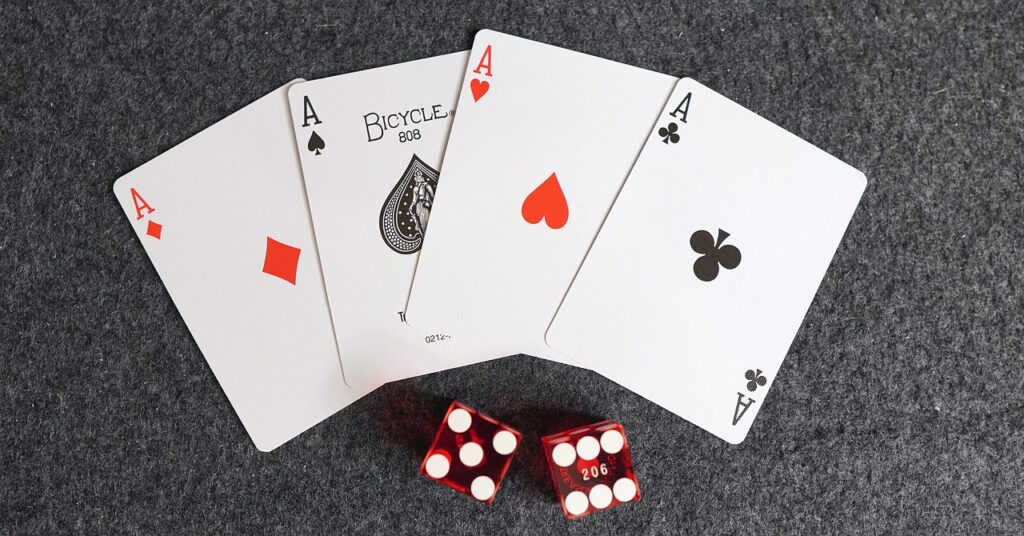
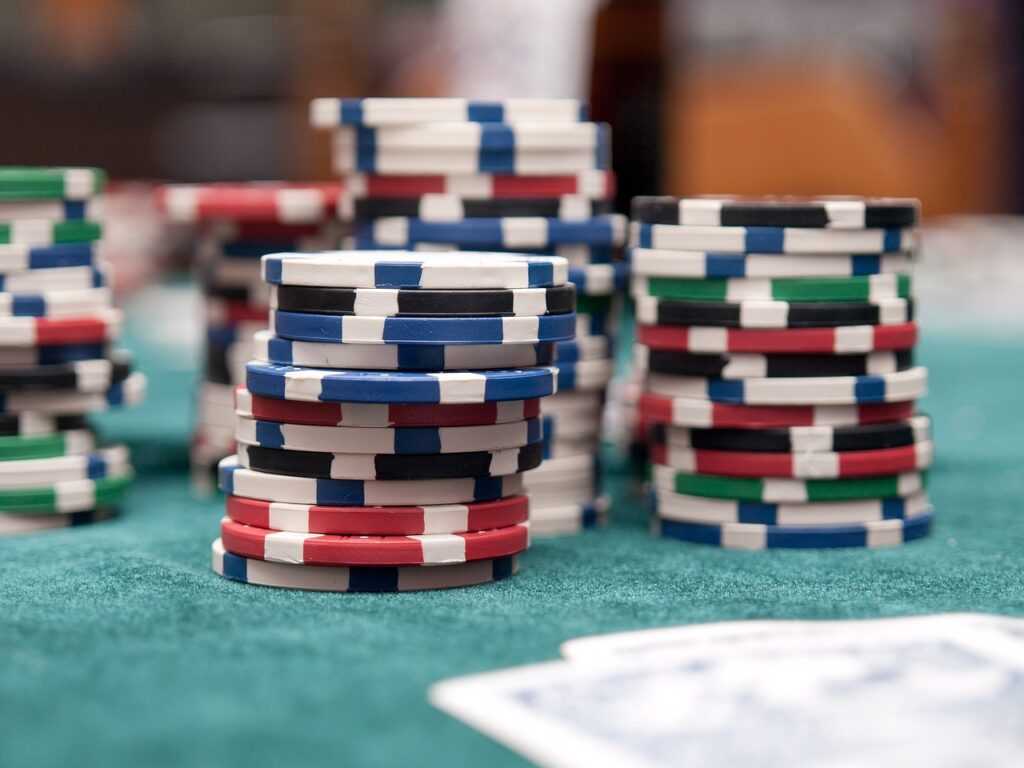
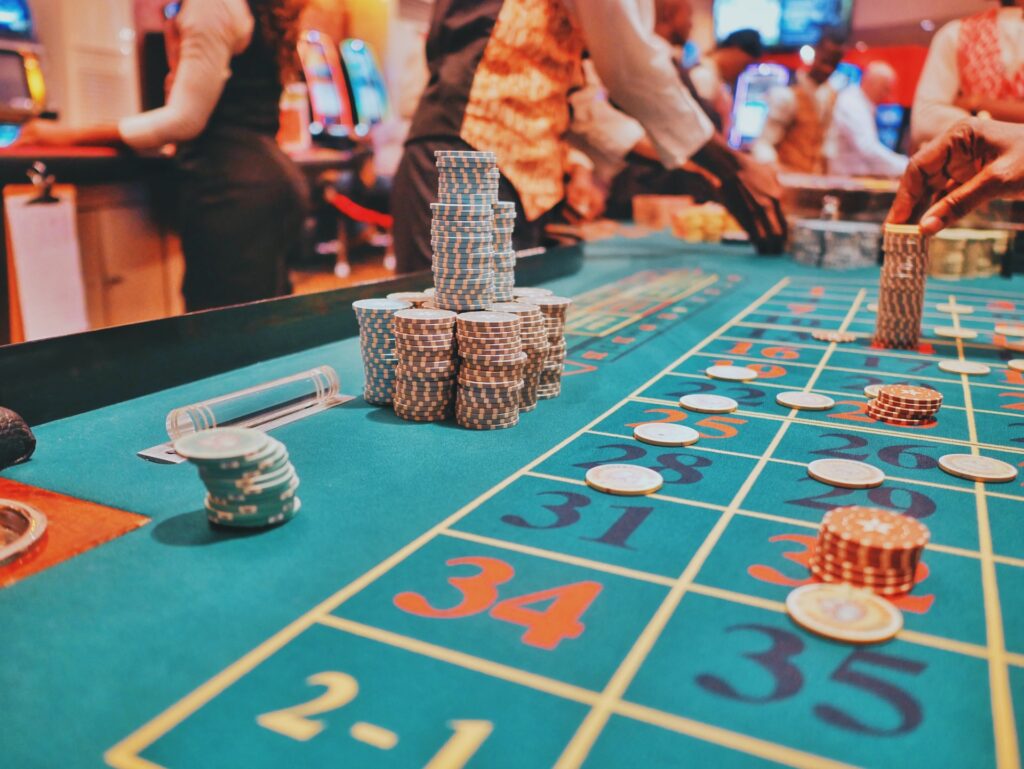


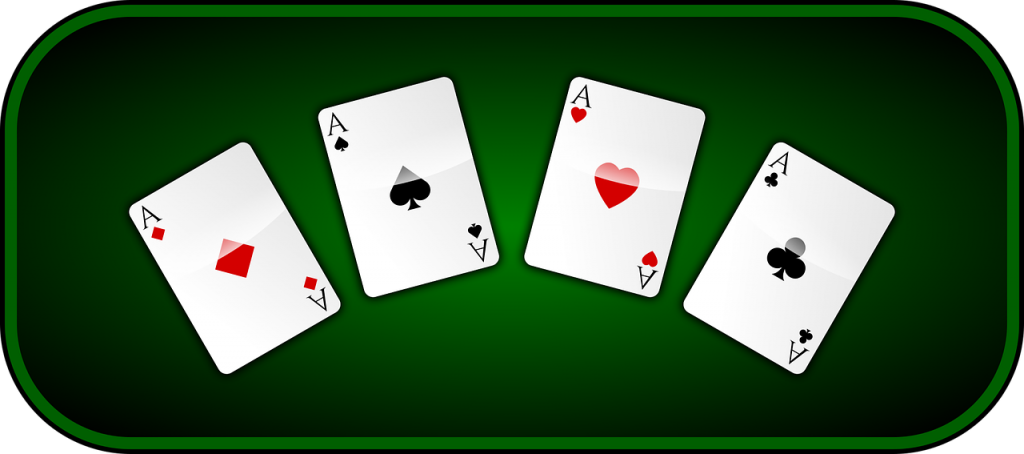
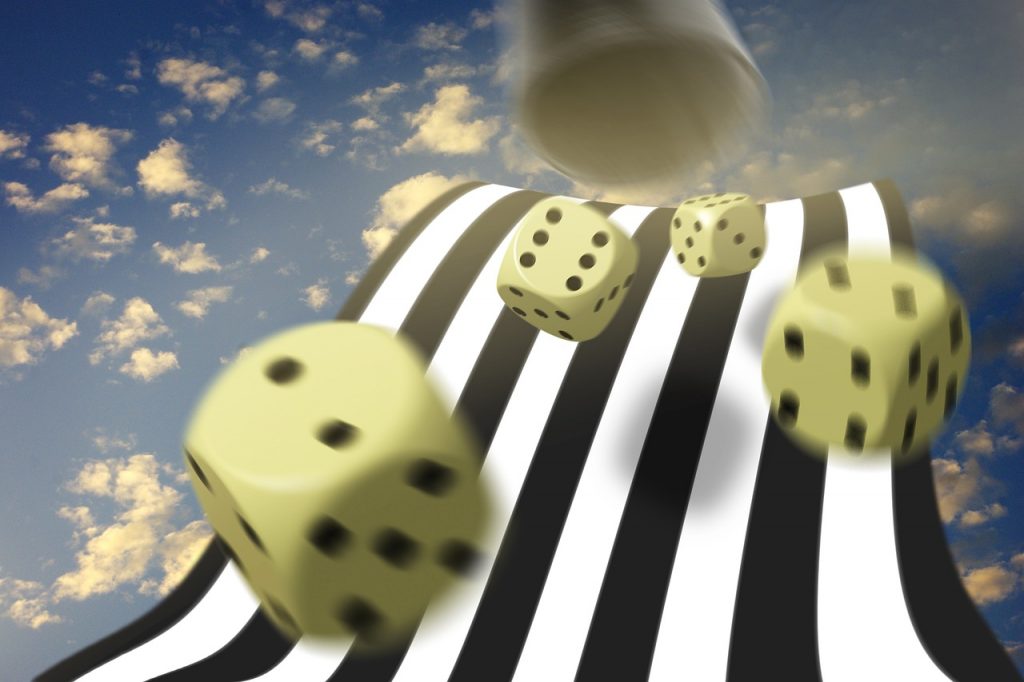


Follow Us!